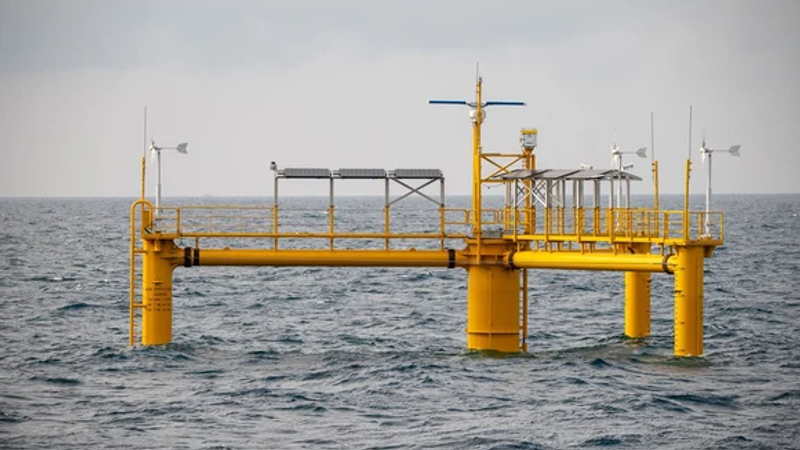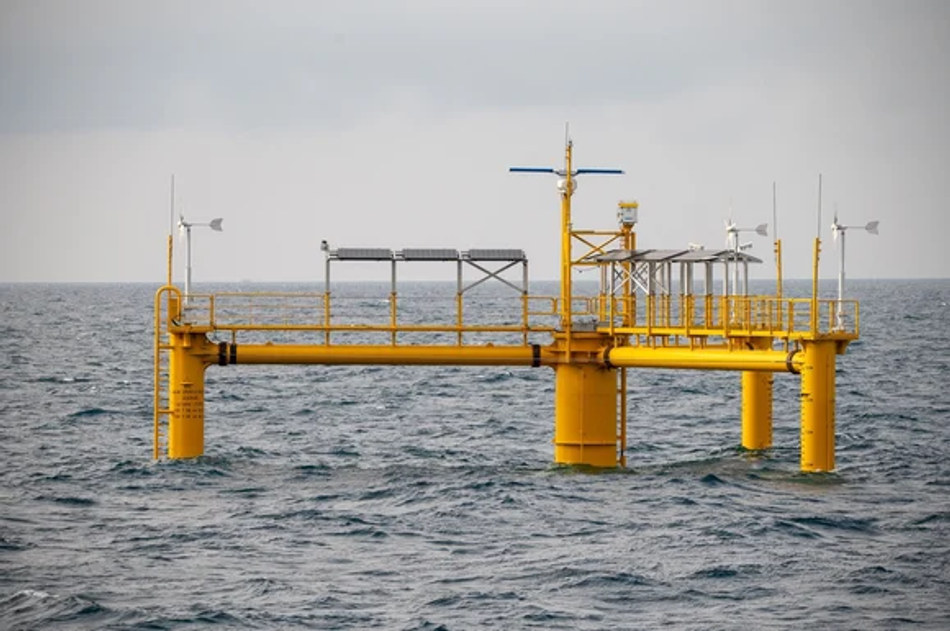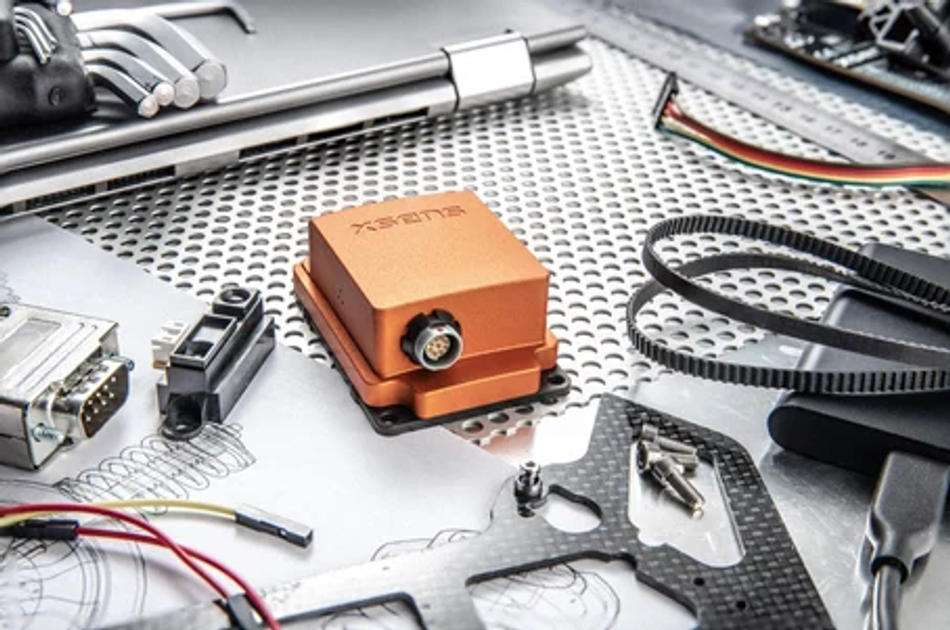Using Motion Sensors to select the best sites for offshore wind farms
With Xsens MTi-300
This article was first published on
www.movella.comOffshore wind energy generation is big business. According to the Global Wind Energy Council, a total of 64.3GW of global offshore wind capacity was in operation across three continents and 19 countries by the end of 2022. More than 380GW of capacity is predicted to be added globally by 2032 [1].
This is intensifying the search for suitable patches of marine real estate: the places in the oceans that offer the most promising combination of shallow sea (for ease of installation), good and reliable wind strength, and generally moderate waves. At the same time, wind farm developers need to satisfy national regulators that sensitive ecological sites are not going to be harmed by the installation or operation of wind turbines.
One innovative solution leading the way is OCG-Data, a zero-emission environmental monitoring buoy that provides real-time, multi-sensor data. A key component of its data acquisition system is the Xsens MTi-300 sensor, which delivers critical wave motion analysis for offshore wind farm developers.
The OCG-Data offshore data acquisition platform
OCG-Data: A floating marine environmental laboratory
The OCG-Data platform provides a continuous, synchronized picture of the entire marine environment in its vicinity. The array of sensors on board includes vision and thermal cameras above and below the surface, microphones for listening to animal sounds, LiDAR and radar monitors, and sonar. This means that it can capture information about wildlife passing through the waters, and the prevailing weather conditions.
The measurements from several instruments such as LiDAR and bird radar need to be adjusted based on accurate measurements of the OCG-Data motions. A log of the platform’s motion is based on sensor outputs from an MTi-300 Attitude and Heading Reference System (AHRS), which measures the 3D movement of the platform in real time as it is buffeted by the open ocean’s waves.
The MTi300 measures the platform's 3D movement in real time
The data processing and transmission system on the OCG-Data was developed by embedded vision and sensor systems specialist Tachysséma Développement. It was a challenge to come up with a solution to handle the high-rate data output from the MTi-300, but Tachysséma Développement came up with a brilliant and ingenious solution. They developed a custom FPGA-based co-processor that can rapidly process data in parallel from up to eight sensor inputs. With this solution, the co-processor can smoothly process motion data from the MTi-300, ensuring accurate sensor fusion and precise environmental monitoring.
The Tachysséma Développement co-processor which handles motion sensor inputs from the MTi-300
Nicolas Roddier, Director at Tachysséma Développment, explains why the MTi-300 was the best choice for this demanding application: ‘Tachysséma Développement has been using this motion sensor for more than five years in other systems, and it has operated reliably throughout that time. For the OCG-Data installation, it was an obvious choice, because the MTi sensors are widely used in marine applications. With its IP67-rated enclosure and robust design, it can withstand the harsh conditions experienced in the Mediterranean Sea. With RS-422 and RS-232 interfaces, the MTi-300 is easy to interface to.’
Outstanding customer support was the extra benefit of using an MTi product. ‘Whenever we had a question about how to integrate the MTi-300 with the co-processor module, the Xsens team was always able to help us’, continued Nicolas Roddier.
As increasing numbers of wind turbines are installed, helping provide zero-carbon energy to enable the world’s transition away from fossil fuels, Tachysséma Développement’s co-processor module and the MTi-300 play a crucial role in capturing the data that wind farm developers need.
[1] Global Offshore Wind Report 2023, at https://gwec.net/gwecs-global-offshore-wind-report-2023/



